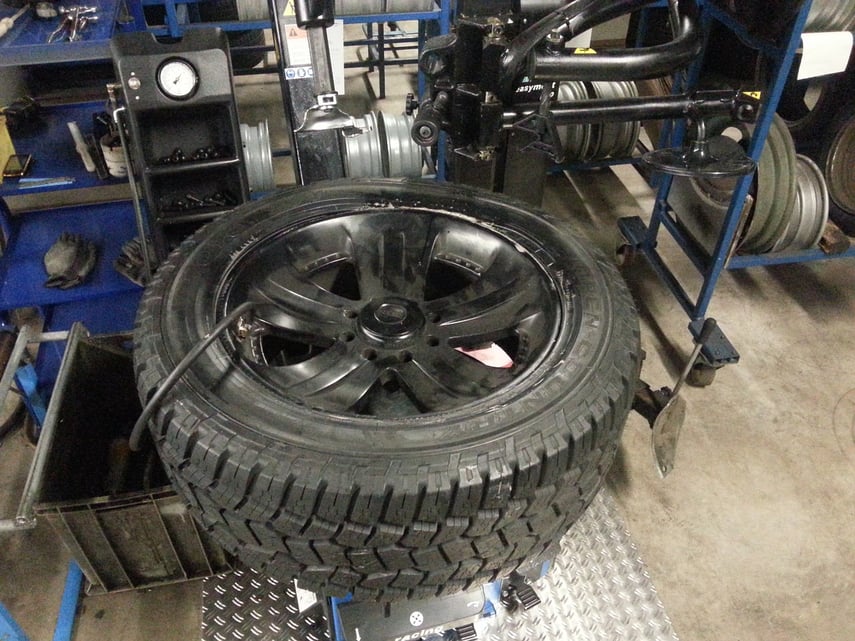Tyres are a crucial element of your vehicles and inextricably linked to performance; they provide fleet managers, or anyone responsible for fleets, with immediate notice of any potential issue.
Having properly managed
tyres as part of an
efficient tyres maintenance system can only benefit fleets as well as
optimise safety. In other words,
tyres play a critical role. But what you might not be aware of, is that the amount you spend on fuel could also depend on your
tyres.
There has been a lot of debate upon the importance or implementation of all-season tyres and whether they are really effective enough at providing consistent performance throughout all weather conditions, or whether it is better to use low-rolling resistance tyres. The latter, in general, minimize wasted energy by decreasing required rolling effort; and in the case of automotive applications, are particularly effective for improving vehicles’ fuel efficiency: approximately 5–15% of the fuel consumed by a typical car may be used to overcome rolling resistance.
There are also other great tips to consider that you might find very effective for improving your fuel economy (and drivers’ safety, efficiency and overall fleet costs).
Let’s have a look at how tyres can help you save fuel!
Here are some additional tips for getting the most fuel economy from your tires:
-
Keep your tires properly inflated. (A label on the driver’s door jamb should provide the correct pressures to use.) If your tyres aren’t inflated to the proper PSI (pounds/inch²) pressure, you will be guilty of burning fuel unnecessarily and ruining your tyres;
-
check inflation pressure at least monthly; do this when the tires are cool;
-
if you were happy with the tyres that came with the car when it was new, consider replacing them with an identical set. Low-rolling resistance is a common trait of original-equipment tyres.




